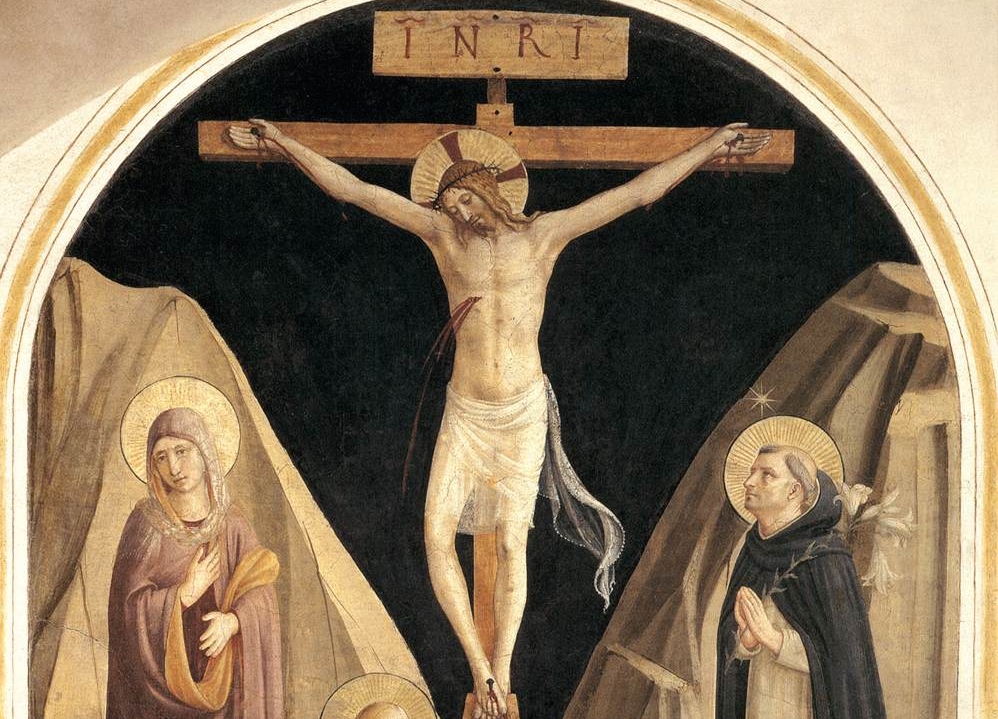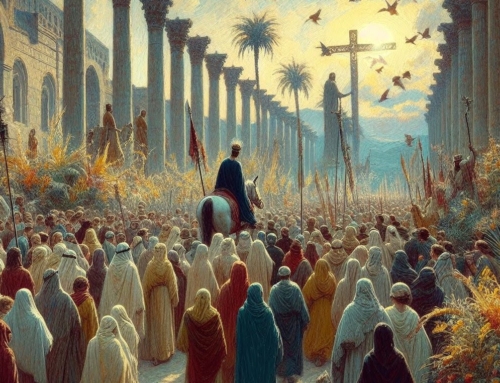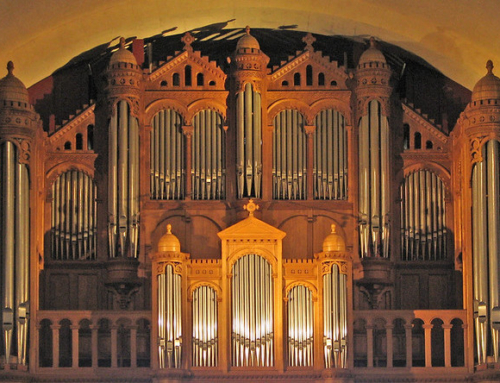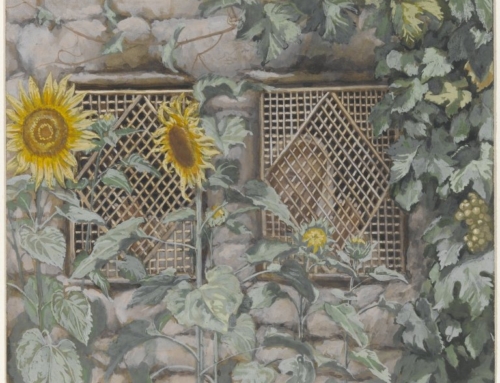Saint Dominic famously didn’t sleep, except for a bare minimum. Instead, he held vigil in the chapel, weeping. Alone in the darkness with the Blessed Sacrament, St. Dominic would sob loudly, “What will become of sinners?” He had the gift of tears – he knew what it was to mourn. And, knowing Christ, he also knew God’s consolation; he knew the beatitude of those who mourn.
For those who, like St. Dominic, have the courage to love, this life is guaranteed to bring sorrows. Those broken by other forms of suffering also know this anguish. It is known in the flesh, from the privations of hunger, disease, or physical wounds. As sinners we know it in the spirit, from the wounds we inflict on ourselves and others from our bad choices, from the fallout of sin. Being human, we have no way out, no choice but to mourn – there is no escaping that.
Before there was ever a possibility of redemption, mourning could consume humanity. The prophet Jeremiah knew this and concluded, “let my eyes stream with tears day and night, without rest, over the great destruction which overwhelms the virgin daughter of my people, over her incurable wound” (Jer 14:17). At about the same time, hundreds of miles to the east, another student of the human condition, an “enlightened one,” reached a similar conclusion. He based an entire philosophy on the premise that to live is to suffer. “Birth is suffering, aging is suffering, sickness is suffering, dissociation from the loved is suffering, not to get what one wants is suffering,” said Siddhartha in the Samyutta Nikaya.
If suffering is the only common bond among humans, he reasoned, finding a way to escape from humanity itself is the only way to escape from suffering. The only way to do this was to annihilate the self, that it may dissolve into a cosmic oblivion, into nothingness. No more memory or identity meant for him no more pain or tears. This is a desperate philosophy of one seeking escape: escape from suffering by means of an escape from life itself. For those without Christ – without hope – the temptation is to only see life as a problem, and turn to death to escape human suffering.
But Christ makes all the difference. Imagine if mourning were actually good for humanity. What if humanity could escape through suffering? What if mourning could take us beyond death to a life of consolation, love, and rejoicing?
Life and love actually form the precursor to suffering. If humans are made in the image and likeness of a God who is love, and if, through a fall, human nature became tainted with original sin, then it is our sin and not our humanity that separates us from the source and summit of love.
God’s love is great enough to have assumed human flesh and taken on suffering and even death. A God-sized love becomes the way back to life through suffering. Since suffering is not the beginning of life but the symptom of sin’s intrusion upon love and life, the answer is to erase sin from humanity, not to erase humanity itself. The English Dominican Simon Tugwell sums it up well:
The mourning which is pronounced blessed by Christ is a mourning which yearns for relief. . .it has seen mankind in its fallenness, and nothing less will satisfy it than mankind fully restored. And so it has its joy in the Lord, in whom already mankind is made whole; but it mourns deeply and cannot but mourn until all things are made new in Christ.
In His incarnation, suffering, and death, Jesus took our sin to death’s oblivion and in His resurrection from the dead He restored our humanity such that we could again and forever enjoy the fullness of life and love in the presence of God. This is the blessedness Jesus explains in the Beatitudes. This is the real noble truth about our suffering. Blessed are those who mourn – those who see the tragedy of sin and mourn over fallen humanity’s fall from grace into sin. This is why the tears of Jeremiah and the tears of St. Dominic are healthy and can ultimately lead to humanity’s being comforted. Christ’s saving act will enable them to be again united with Love itself, as He returns humanity – free from all sin – to the presence of God in heaven.
✠
Image: Fra Angelico, Crucifixion with the Virgin, Mary Magdalene, and St. Dominic







